
During the 2024 UN Biodiversity Conference (COP16), experts and participants at the 7th GLF Investment Case Symposium debated and demonstrated how biodiversity finance can be effective, inclusive and sustainable – starting now.
Cali, Colombia (29 October 2024) – The world needs innovative finance to raise $200 billion annually to preserve biodiversity. This means forming a united front to finance solutions to the climate, biodiversity and land degradation crises.
Those were some of the key lessons learned from the 7th Global Landscapes Forum (GLF) Investment Case Symposium, which concluded Friday, 25 October.
Co-hosted with the Luxembourg–GLF Finance for Nature Platform, the event emphasized the need to integrate biodiversity into financial systems and build synergies between the three Rio Conventions (CBD, UNFCCC and UNCCD).
“We have to find back the spirit of the 1992 Rio Earth Summit and work together on all levels. The Luxembourg government has many ongoing initiatives between the private and the public sector, where the co-benefits are essential — the economic, the social and the ecological. We need to strengthen the rights of local communities, Indigenous Peoples, women, and children globally,” said Serge Wilmes, Minister of the Environment, Climate and Biodiversity & Minister for the Civil Service of Luxembourg.
“Our goal is for projects to become significant and bankable, attracting investment, and then the money should be used by local communities because they know how to preserve and conserve nature and manage it sustainably. That’s why we work together with the GLF and develop initiatives such as Resilient Landscapes Luxembourg (RLL).”
Experts and participants at the 7th Investment Case also explored the opportunities and challenges of artificial intelligence (AI) and new technologies, which hold enormous potential in unlocking new financial mechanisms.
“For AI to be innovative, we need to first clearly identify the problems we want to solve. Cross-sector partnership is essential to drive such innovation. For example, the private sector offers the capital and knowledge, academia adds the deep research and technical expertise, and local innovators bring regional context,” said Gabriela Gutierrez, Founder and CEO of Tabs AI.
Indigenous and local perspectives were at the heart of the event, underscoring how informed consent, sovereignty and shared benefits are essential to any financial innovation.
“Financing Indigenous Peoples is a global political commitment today, but we need to transform it into reality. Many Indigenous Peoples, organizations, movements and local communities are conducting a debate process to create Indigenous-owned funding mechanisms,” said Kleber Karipuna, Executive Coordinator at The Articulation of Indigenous Peoples of Brazil (APIB).
While Indigenous Peoples only represent a small fraction of the global population, they steward most of the planet’s biodiversity. “This shows that current payments are disproportionate and Indigenous Peoples are underfinanced,” said Karipuna, referencing mechanisms that connect global finance with Indigenous Peoples and local communities.
The Amazon Environmental Research Institute (IPAM), the GLF’s newest Charter Member, emphasized the importance of financial strategies to support those directly caring for biodiversity and to foster technologies that advance these efforts.
“Finance is a crucial catalyst element. We need to make sure that money is mobilized for conservation, biodiversity and to support the cultures that safeguard biodiversity,” said Ane Alencar, Director of Science at IPAM.
“Finance can also help develop new technologies, such as AI, allowing a better understanding of biodiversity, improving monitoring, tracing more effectively what’s happening with those engaging with biodiversity, and ultimately enabling the use of technology to truly conserve biodiversity without increasing inequalities.”
Speakers also emphasized the role of innovative financial solutions, incorporating biodiversity into financial transactions and creating mechanisms including blended finance, impact investment funds, green and biodiversity bonds, and payments for ecosystem services.
“To incentivize the private sector, we must address the perceived risk. Normally, private actors perceive biodiversity-related projects as high risk. We also need to address the uncertainty of the financial returns related to the early stages of biodiversity projects. Here is where blended finance plays a pivotal role by making biodiversity-related projects much more attractive and viable,” said Camila Silva Arango, Technical Assistance Manager at Finance in Motion.
“There has been a maturation in private-sector commitments, from not wanting deforestation in supply chains to considering nature and climate commitments and how that can drive the necessary financing at scale, reducing reliance on multilaterals or foundations but leveraging larger market forces instead,” said Bambi Semroc, Senior Vice President at the Center for Sustainable Lands and Waters, Conservation International.
“If we could get the top 70 companies worldwide in food, agriculture, retail, and consumer goods sectors to make nature commitments, we could see as much as 80 million hectares of land restored, better managed, and protected, alongside over a billion dollars in financing.”
Both existing and new domestic financing solutions are much needed, making it crucial to earmark specific fees and taxes to help capitalize conservation trust funds, which are an important way to channel resources to local communities.
“Last year, we called our respective governments to carry out structural reforms, especially an ecological fiscal reform. You can raise a lot of money, but it is about political will, not only technical. For example, Nigeria is over 180 million people. If you take only 5 cent per bottle of beer and water consumed daily – let’s say 80 million bottles, how much money will we raise at the end of the day, after a year?” said Théophile Zognou, CEO of Sangha Tri-National Trust Fund and President of the Consortium of African Funds for the Environment (CAFÉ).
With over 600 participants attending in person and thousands more online, the 7th GLF Investment Case Symposium: “Rewarding Nature: A Roadmap to Finance the Biodiversity Plan” sparked crucial conversations alongside the 2024 UN Biodiversity Conference (COP16) in Cali, Colombia.
Find more insights and quotes on our ThinkLandscape wrap-up here.
_________
The 7th Investment Case was co-hosted by CIFOR-ICRAF, the Government of the Grand Duchy of Luxembourg, FOLUR, GEF and the Global Landscapes Forum.
###
NOTES TO EDITORS
- See the event agenda and speakers here and contact Kelly Quintero (k.quintero@cifor-icraf.org) to access the recordings
- Download event photos from our Flickr
- For more information, please contact Kelly Quintero (k.quintero@cifor-icraf.org)
About the GLF
The Global Landscapes Forum (GLF) is the world’s largest knowledge-led platform on integrated land use, connecting people with a shared vision to create productive, profitable, equitable & resilient landscapes. It is led by the Center for International Forestry Research-World Agroforestry Centre (CIFOR-ICRAF), in collaboration with its co-founders UNEP and the World Bank, and its charter members. Learn more at www.globallandscapesforum.org.










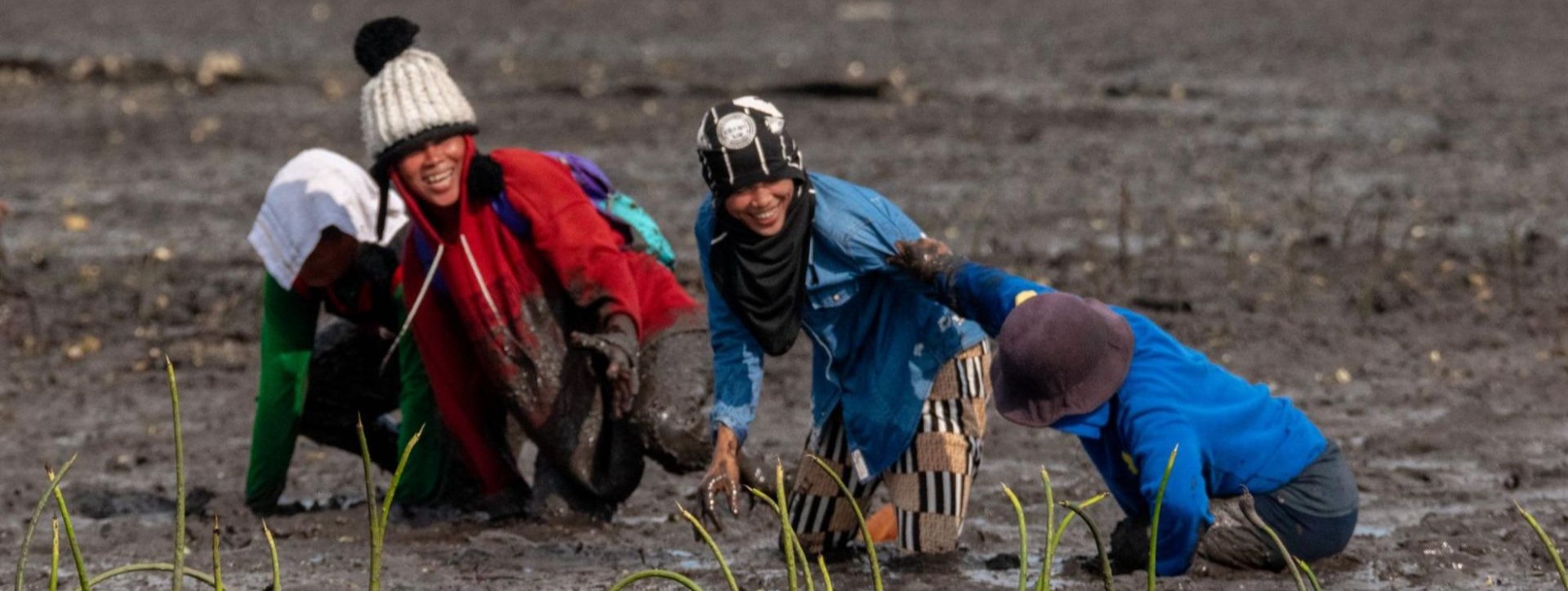
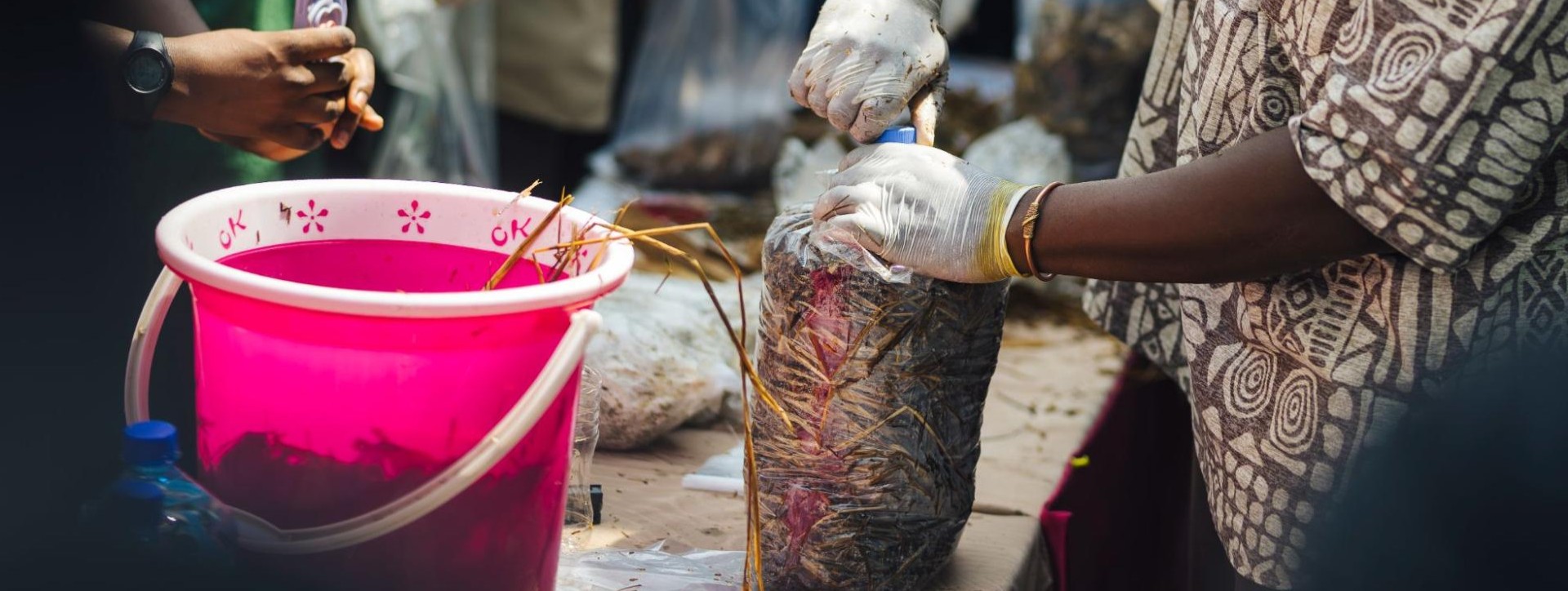
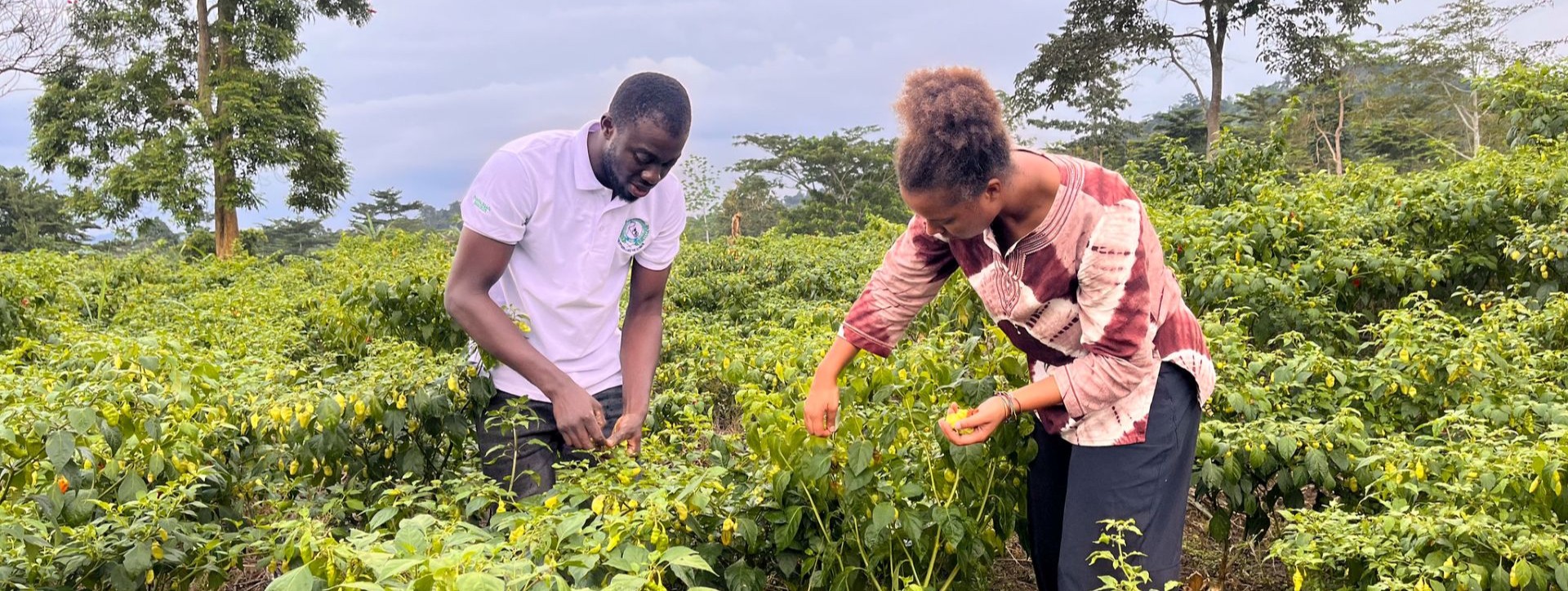
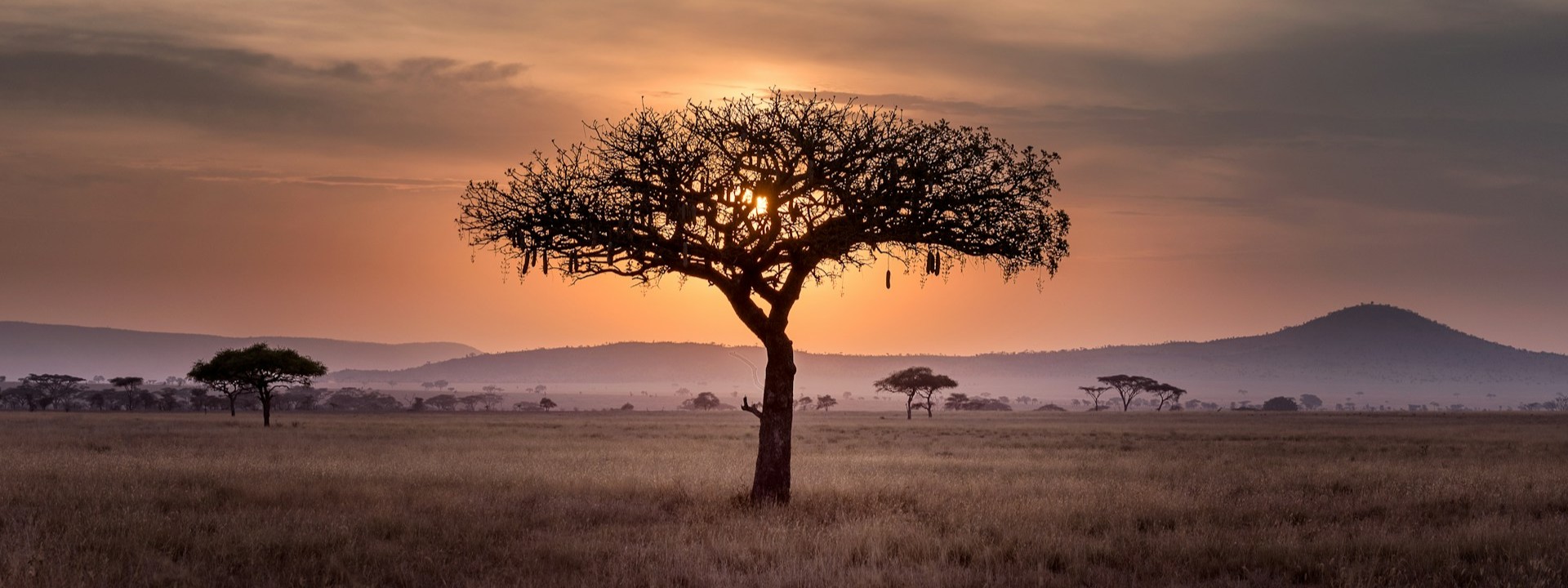
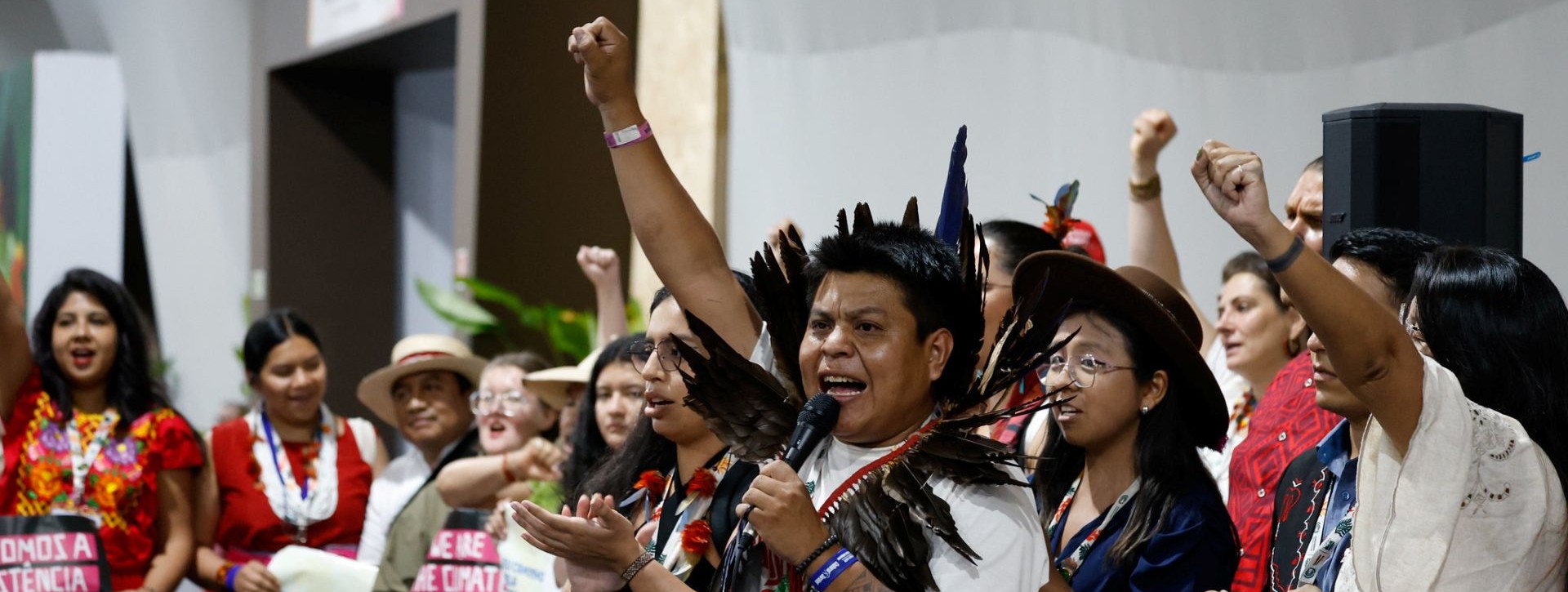
Share your thoughts with us